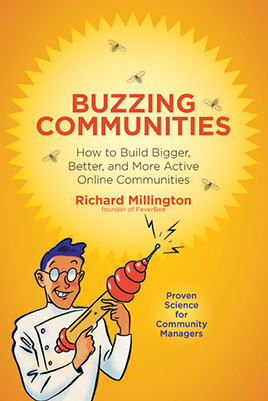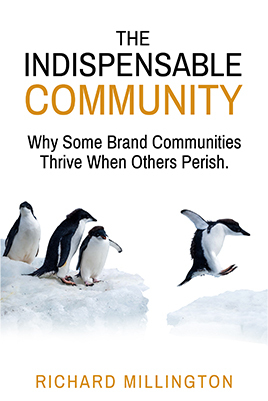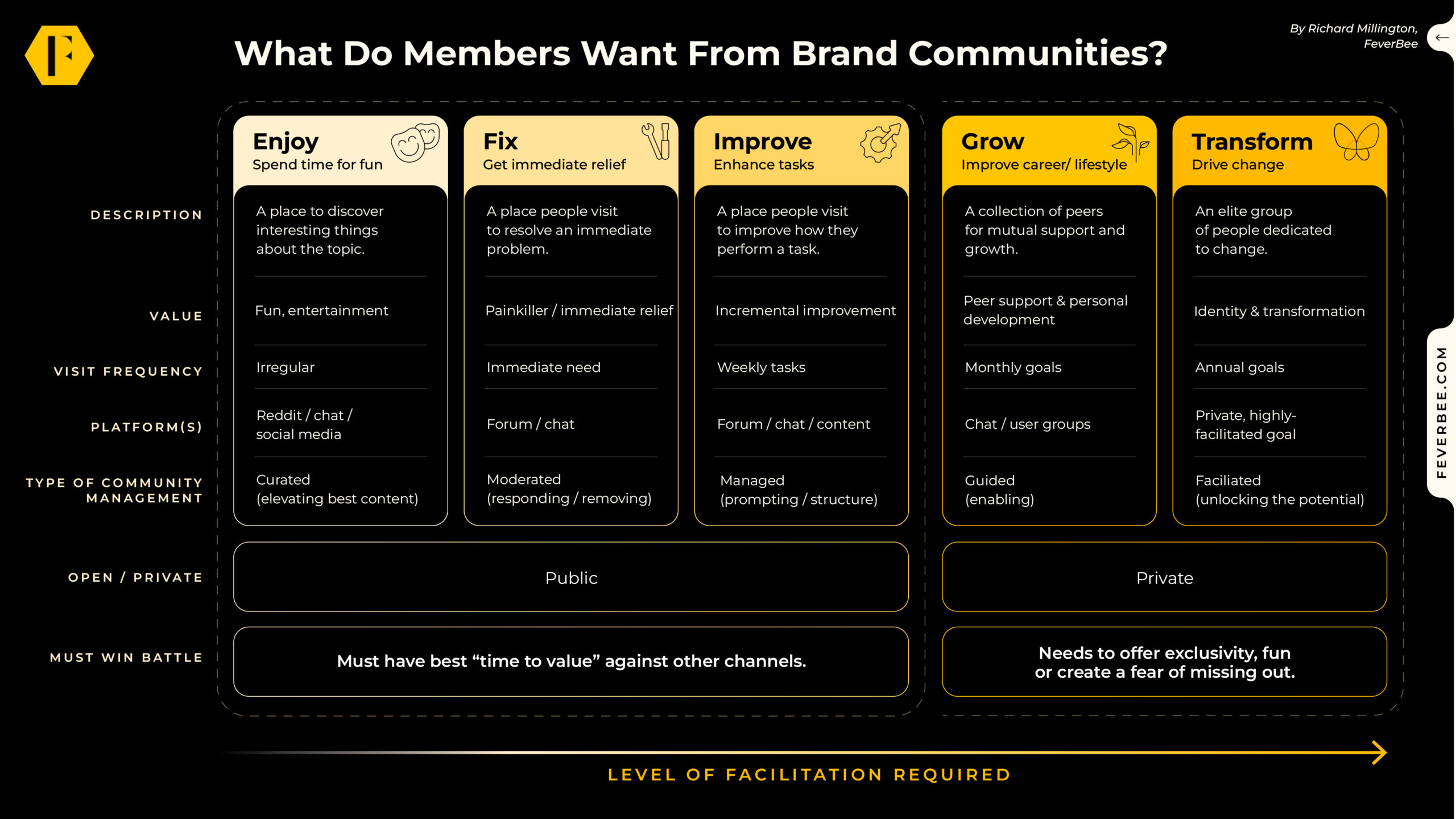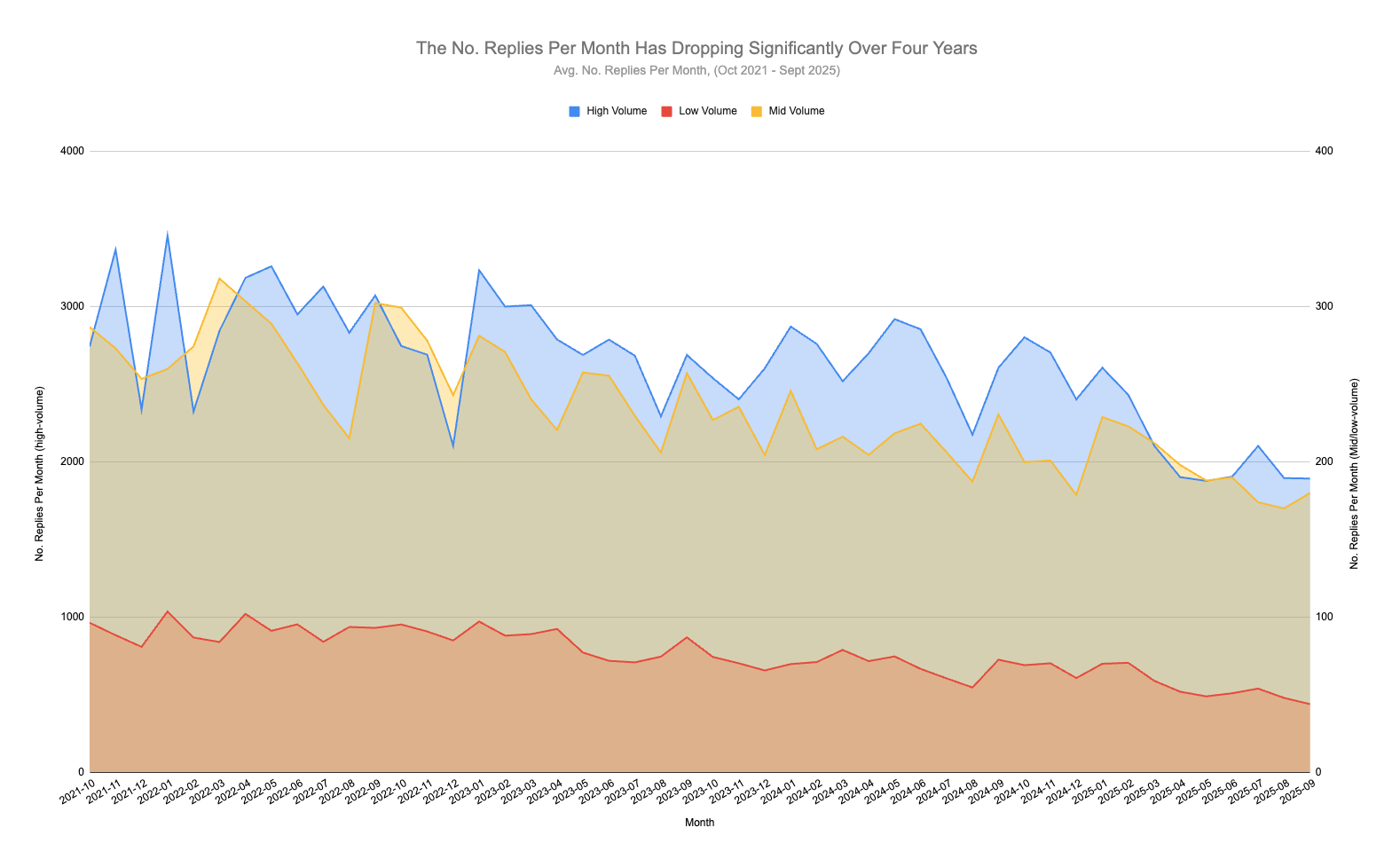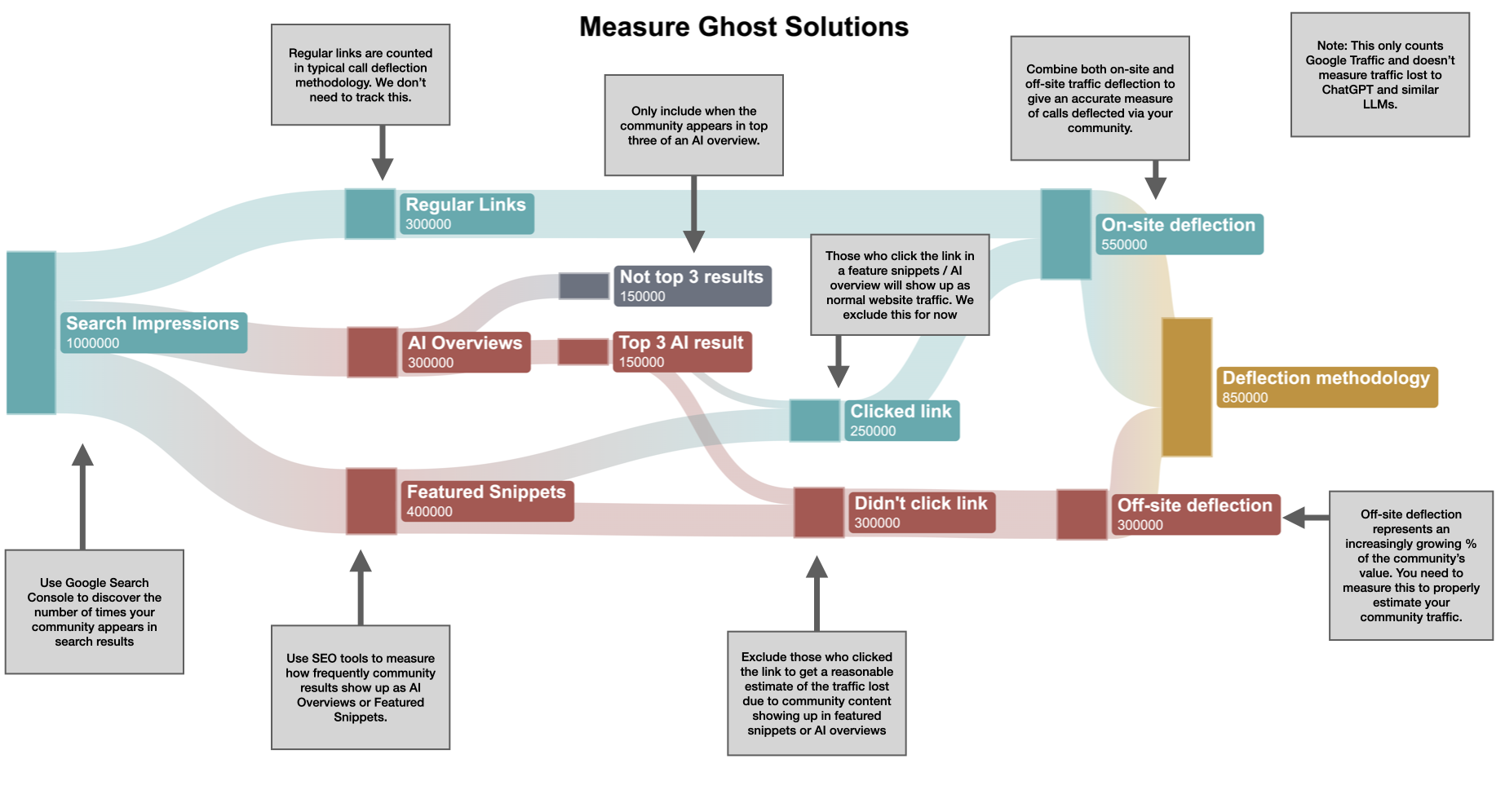This is a strategic decision. Let me try to help you make it.
It’s usually better to spend your time trying to get your existing members more engaged.
You already have their attention. They already participate. The more active they are, the more newcomers are likely to convert into regulars. If they’re more active, they’re more likely to bring in other contacts.
However, if one of the following is true, you should focus on more members:
1) Members aren’t bringing in others (common when the community is either the first of its kind or members are very isolated.
2) The members are as active as they can be. This is common in smaller communities and communities targeted at doctors, lawyers, teachers, CEOs etc…
3) More activity per member wouldn’t increase the ROI.
It’s this third one that’s interesting. We have evidence that suggests the more engaged members are in a community, the more they will purchase from the brand. But what if you sell a product/service which can only be purchased, say, once a year? More engagement wouldn’t necessarily be beneficial.
This is where the utopian nature of communities meets business reality. It’s why community managers need to know the ROI of their community.
This is important because it defines the bulk of your activities. If you’re trying to get existing members more engaged you spend your time interacting with existing members. You initiate, sustain and highlight discussions. You write/facilitate great content. You optimize the platform. You spend a lot of time organizing/executing engaging events and activities. You build relationships with top members.
If you’re trying to grow the community, then it’s different. You establish target segments, cater more to newcomers, optimize the newcomer to regular conversion process, engage in promotional activities (such as securing mentions elsewhere) and make the effort to directly invite people to join.
If more activity per member wouldn’t improve the ROI of the community, it might be time to shift the balance of your time towards new members.
We recently opened registration for The Pillar Summit’s Professional Community Management course. This course will change the way you grow, manage and scale thriving online communities. Contact me directly if you’re interested in attending.
